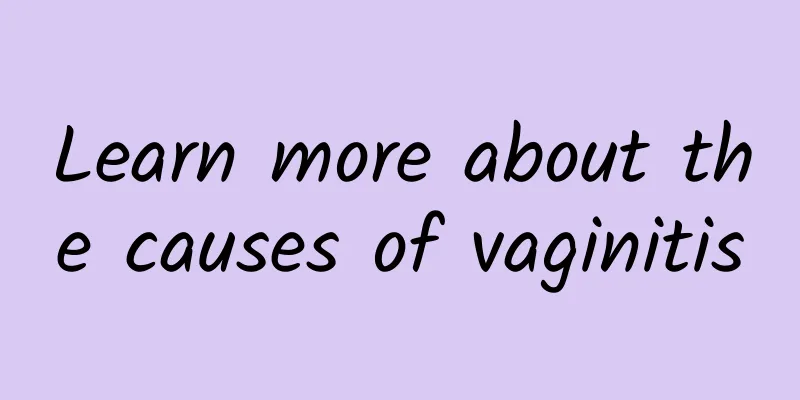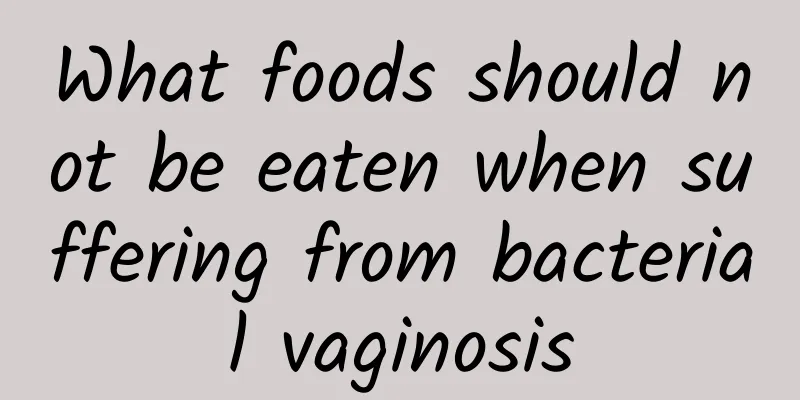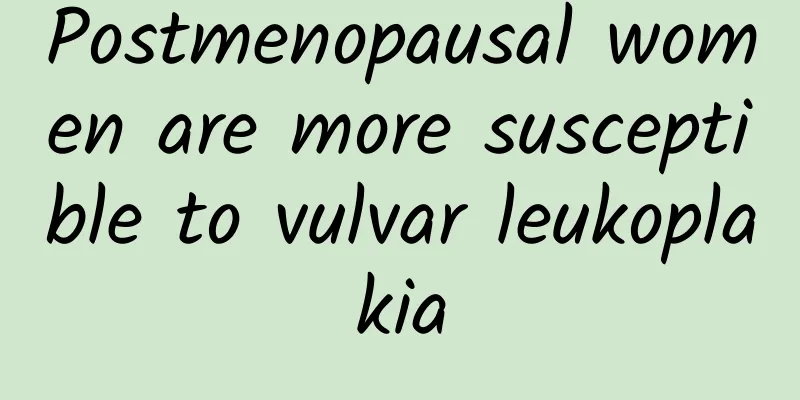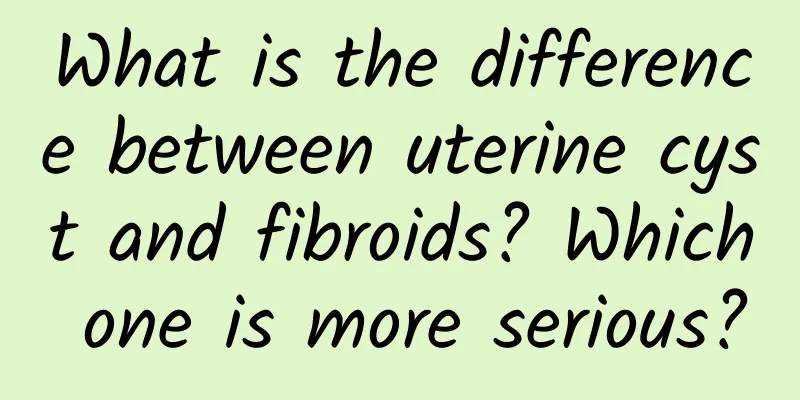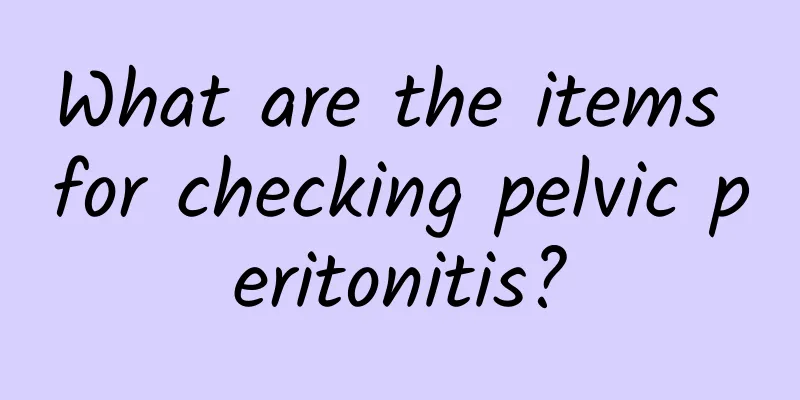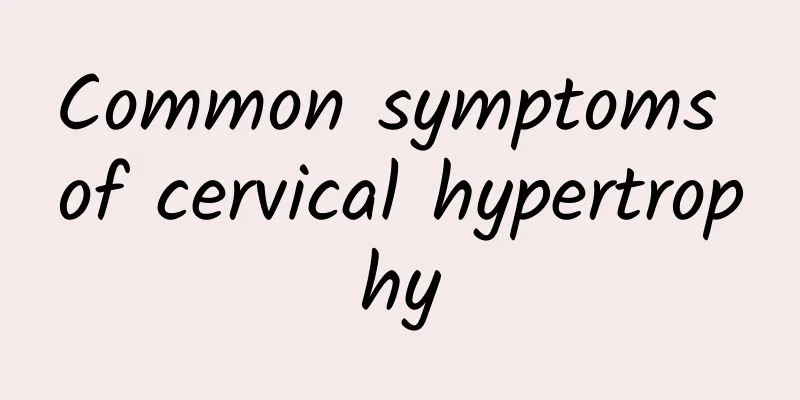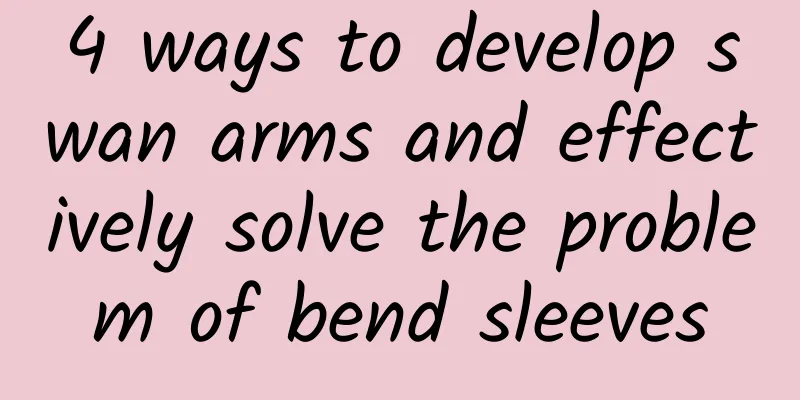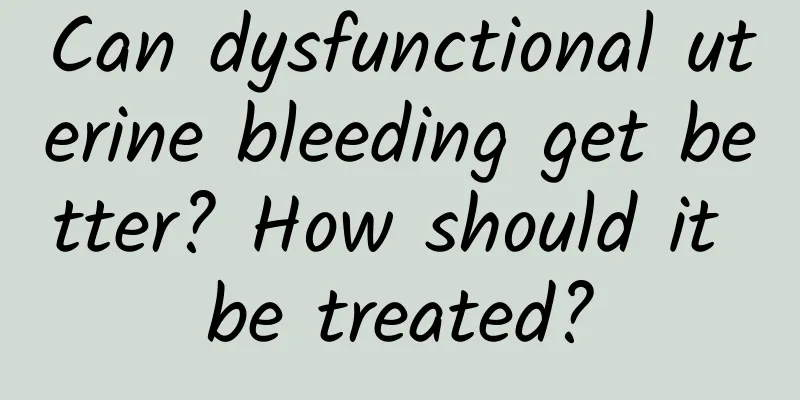Is “additive-free” food more dangerous? ! There are tips to avoid buying or eating the wrong food
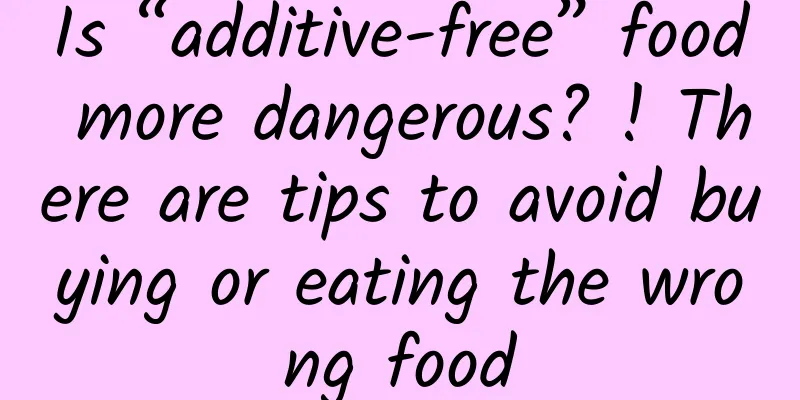
|
People who value food safety will pay attention to the labels on product packaging. However, when you see words such as "no additives" or "no use" on the packaging of condiments such as miso and soy sauce sold in supermarkets, you should still be aware that "no additives" may be a "false impression." Because there are so many "additive-free foods", so many that we take it for granted that foods are labeled "additive-free foods". On the contrary, foods without labels are very suspicious, or we worry that they are unsafe to eat. Most people would think that the word “no additives” means “healthy”, but are the “no additives foods” commonly found on the market really a guarantee of safety and trustworthiness? What people are particularly curious about is why "additive-free food" can be preserved for a long time? “No Additives” Foods May Use “Substitutes” If you think about it for a moment, you will find that there are many contradictions here. The truth is: "no additives" does not mean "natural" or "harmless"! Masahiko Ariji, a Japanese agricultural science doctor who specializes in food risks, wrote in his new book "The Truth You Don't Know about Commercially Available Foods!" "No Additives" is actually more dangerous! ” stated that some “additive-free” foods may actually use “substitutes” rather than really having “nothing added”. What is even more worrying is that since "additive-free foods" do not use the correct additives to assist in sterilization, it may cause bacteria to grow easily. Therefore, not only is it not "harmless", but it can easily cause food poisoning. Food additives include "hexadecene acid" which is used as a preservative. Food additives have four functions The "additive" in "no additive" refers to the "additives" in food additives; while "no" means that there are "no" food additives in the food. In other words, "additive-free food" is food that does not contain any food additives. Specifically speaking, food additives include "hexadecene acid" as a preservative, or "food yellow 4" as a colorant. When seeing these chemical names or numbers, most people will have a feeling of "artificial" and "unhealthy", but in fact, food additives are legally based. In Taiwan, they are regulated by the Food Sanitation Management Act of the Ministry of Health and Welfare. Furthermore, the Food Sanitation Act defines food additives as "substances used by addition or contact during the food manufacturing process for the purpose of food processing or preservation", so this is not something that can be used secretly or at will if you want to frame someone. So, let’s now understand, for what purpose do food manufacturers use these things? Or maybe food additives aren't bad at all? The reason for using food additives is: because they are really necessary! Specifically, food additives have four functions: "maintaining food quality", "improving food appearance and flavor", "must be used in the food manufacturing process", and "supplementing or enhancing nutritional value". If they do not have any of these functions, they will not be recognized as food additives. There are strict regulations on the use of food additives For example, food additives include "hexadecene acid" as a preservative, or "food yellow No. 4" as a colorant. "Hexadecene acid" can inhibit the growth of microorganisms in food and cause corruption or deterioration, effectively reducing the risk of food poisoning. "Edible Yellow No. 4" can make the color of food better. Seeing a variety of colorful candies such as red, green, yellow, purple, blue, etc., children are happy and want to eat them, and these colors mostly come from colorants. However, when it comes to colorants, we often wonder, "Is it necessary to make food look good?" This is indeed worth discussing. Colorants are often used in snacks that children like to eat, such as gummies and candies. Seeing a variety of colorful candies such as red, green, yellow, purple, and blue, children are happy and want to eat them. Most of these colors come from colorants. In fact, the Food Sanitation Law has strict regulations on the use of food additives. For example, if a business wants to use "hexadecene", they must comply with the regulations of "how much can be added when making ham to prevent food spoilage, and how much cannot be added in excess." To put it another way, fish, shrimp and shellfish are not on the list of permitted additives. Therefore, if a sushi restaurant uses "hexadecene acid" on fish, shrimp and shellfish, it is violating the usage standards. Experts urge: Businesses should strictly abide by food additive regulations Yan Zonghai, director of the Clinical Toxicology Department of Linkou Chang Gung Memorial Hospital, said that some food companies attach great importance to the production process and declare that their products "do not contain any preservatives." However, the author of this book, Dr. Masahiko Ariru, puts forward the view that "processed foods without additives are more dangerous." Although it may seem surprising at first glance, the point he wants to emphasize is that manufacturers may simply choose not to label additives or "illegally use" other unapproved compounds. Food additives are necessary, but food industry players must have a conscience and make sure they dare to eat the products they produce and feed them to their children, rather than just selling them to consumers. In addition, businesses must strictly abide by the food additive standards set by the Food and Drug Administration. They must not add excessive amounts of additives, add unapproved compounds, or use industrial-grade additives as substitutes without authorization. |
Recommend
Ovarian cysts, what are the complications?
Did you know that to confirm whether it is an ova...
Do you know what are the dangers of cervicitis?
Now we are not unfamiliar with the term cerviciti...
Akemi Katsuki shares the secret of losing weight! 4 years of successful weight loss and no more weight gain
The impression you have of Akemi Katsuki is that ...
What is the main cause of cervical erosion?
Cervical erosion is mainly a disease of the cervi...
How long do you need to rest after the abortion?
After an abortion, you usually need to rest for 1...
Patients must pay attention to the treatment precautions of cervicitis
Cervicitis is a disease that we often see in our ...
How to treat irregular menstruation?
Irregular menstruation can lead to many condition...
Can irregular menstruation be passed on to future generations?
Will irregular menstruation be passed on to the n...
Lose weight and it works! Doing aerobic exercise at this time is more effective in burning fat
Everyone knows that to live you have to move, but...
How big does a chocolate cyst need to be removed?
In recent years, more and more women have been pe...
What causes recurrent pelvic peritonitis?
Many patients with pelvic peritonitis are particu...
How to cure congenital absence of vagina
How to cure congenital absence of vagina? As we a...
Avoid starch minefields when exercising: Chicken shredded noodles with scientific method
When exercising, fitness enthusiasts often hear a...
How to use medicine to treat cervical erosion in women? 6 principles of using medicine to treat cervical erosion in women
In life, women do not need to panic when they suf...
Can pelvic peritonitis heal on its own?
With the development of society, the pace of life...

